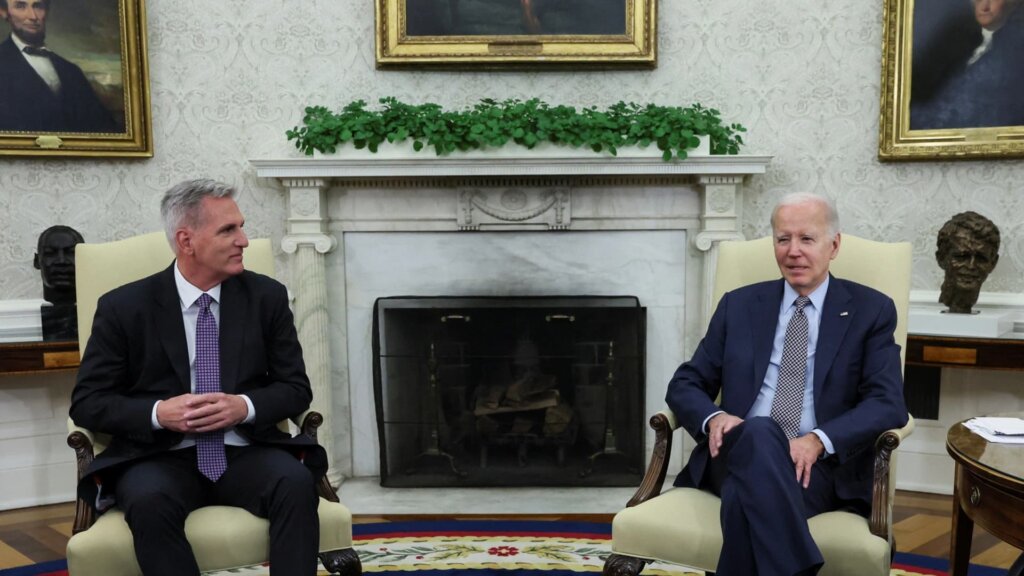
The debt ceiling is an important political tool that limits the government’s borrowing. It prevents the U.S. from going into default, which could have serious economic consequences. A debt ceiling is a statutory limit on how much the federal government can borrow. It covers both public debt that is held by public and private debt, like Social Security and Medicare trust fund surpluses invested in Treasury bills, which are then repaid with interest later. A failure to raise the debt ceiling will cause the federal government to default on its debts, which could affect global markets and the economy. A default would be considered bad for the United States, as it would question its creditworthiness and willingness to honor its commitments.
As a result, congressional leaders have historically been able to reach an agreement to increase the debt ceiling when necessary. However, lawmakers need to avoid using the debt ceiling as a bargaining tool or for political advantage and instead use it as an opportunity to pursue deficit reduction policies. In the past, Congress has bundled debt ceiling increases with other legislative priorities, such as budget reconciliation or other spending cuts. The most recent example is the “fiscal cliff” episode in January 2013, which required a quick resolution to avoid a shutdown and economic damage.

Debt Ceiling Talks
The Republican-controlled House narrowly approved a bill suspending the debt ceiling through March 31, 2024, in exchange for $4.8 trillion in federal spending cuts over the next decade. The bill, titled Limit, Save and Grow Act, aims to cut discretionary domestic spending by about a third over the next decade. The measure appoints work requirements to recipients of government cash aid, including food stamps and Medicaid health care program, while also boosting the IRS’s collection capacity by about a quarter over the same period.
The debt ceiling is the maximum amount of debt that the U.S. government is allowed to issue, which does not authorize new commitments of funds or debt; it only allows the Treasury Department to pay existing legal obligations. The last increase in the debt ceiling enacted in late 2021 sustained government borrowing authority through January of next year, and Treasury Secretary Janet Yellen indicated that resources (a combination of increased borrowing, extraordinary measures, and drawn down cash) available to fund ongoing operations will probably cover commitments through June. Despite repeated threats of a federal default, debt ceiling showdowns in the past have typically ended with a political compromise. In the event of an actual default, however, the impact on the economy could be severe and even trigger a recession.